I am sure most of you have come across a person in your research who, while not related, still captures your imagination. I have found myself off on a tangent many times with a family who has married into my own, only to rein myself in to focus on my direct relatives.
One such person is Christopher Coulson who I first encountered when I found his son Frank married my 2nd great grand-aunt Harriet Diwell. Chris was a horseman and had some involvement with the early days of Western District racing, and that tweaked my interest.
Christopher Coulson was born at Scarborough, Yorkshire in 1817 and married Mary Frances Stubbs in 1841. Not long after, Christopher began working as a groomsman at the Royal Mews at Buckingham Palace during Queen Victoria’s reign. Christopher and Mary had one child then, Francis Stubbs Coulson (Frank), born in 1842, and they had three more children at the Mews. The 1851 Census shows the family living at the Royal Mews. Christopher’s occupation was recorded as “helper in the master of the horses department”. In 1855, Queen Victoria set up the Buckingham Palace Royal Mews School for the children of those working at the Mews.
In 1856, Christopher, Mary, and the four children sailed for Australia on General Hewitt arriving in Portland. The Coulsons’ immigration record shows Christopher was to be employed by Mr McKellar of Ardachy at Branxholme for twelve months. At some stage, Chris went to Rifle Downs at Merino to work as a trainer for Richard Lewis, who owned such horses as the thoroughbred “King Alfred” and Clydesdale stallion “Agronomer”. “King Alfred” was revered throughout the district. Even Adam Lindsay Gordon referred to him in his poem “The Fields of Coleraine”. He stood at stud with “Agronomer” who competed in local shows and was sire of many of the heavy workhorses in the area.
Eventually, Chris selected his own land at Dwyers Creek and became a sheep breeder, but always remained a horse lover. He died in 1904 aged 86.

Chris Coulson Obituary – THE FRUIT INDUSTRY. (1904, August 2). The Brisbane Courier (Qld. : 1864-1933), p. 5. Retrieved May 30, 2011, from http://nla.gov.au/nla.news-article19293600
Christopher and Mary had five children, four born in England and the fifth Georgiana born in Australia at Digby. Sadly Georgiana died aged five in 1865. The remaining four children all married and raised families. They were:
Francis Stubbs Coulson – Born 1842 Yorkshire Died 1916 Victoria. Frank married Harriet Diwell, daughter of William Diwell and Margaret Turner in 1873. They had 13 children and lived in the Dwyers Creek/Merino area during their married lives. Descendants’ surnames include Miller, Cameron, and Gull.
Betsy Ann Coulson – Born 1845 Westminster, London, England Died 1896 Casterton, Victoria. Betsy married Joseph Wombell, and they had six known children. Descendants’ surnames include Petterd, Chester, and Rowely.
Christopher Coulson Jnr – Born 1847 Pimlico, London Died 1893 Merino, Victoria. Chris married Lorina Ann Eastick in 1872. They had nine known children and their descendants’ surnames include Crawley, Grant, Ames, and Stanmore
Amy Oliver Coulson – Born 1852 Pimlico, London Died 1926. Amy married Alexander Cameron in 1875. They had three known children. Descendants’ surnames include Milward and McCombe
I have researched enough of my family tree to know I will not unearth an ancestor who had contact with the early days of the racing and horse breeding industry in the Western District. A romantic time when Adam Lindsay Gordon wrote of the fields of Coleraine, there was a racecourse in most towns and the early horses, ancestors themselves to many Western District progeny, were swum to shore from boats. That is why I wish I was related to Christopher Coulson.







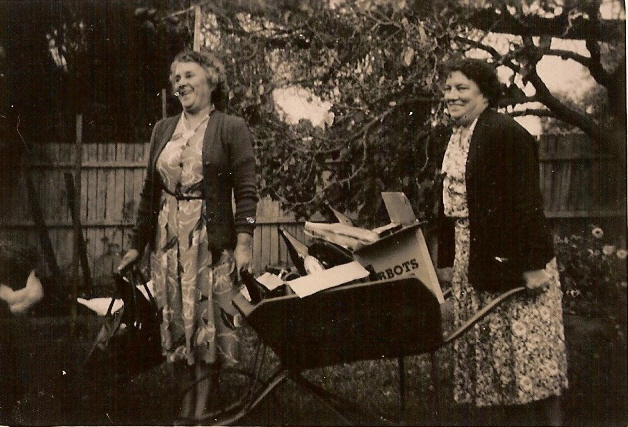


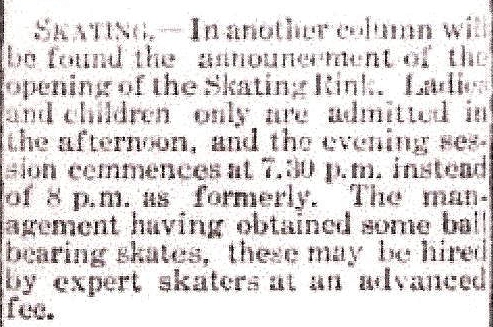
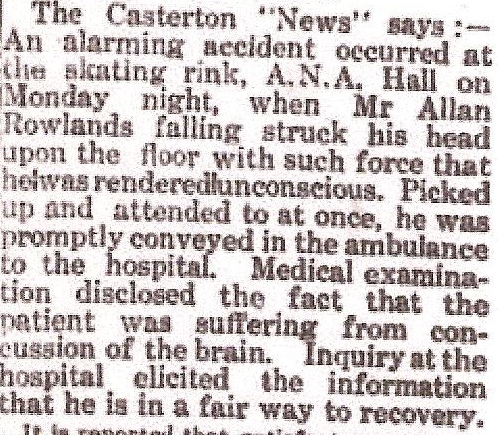


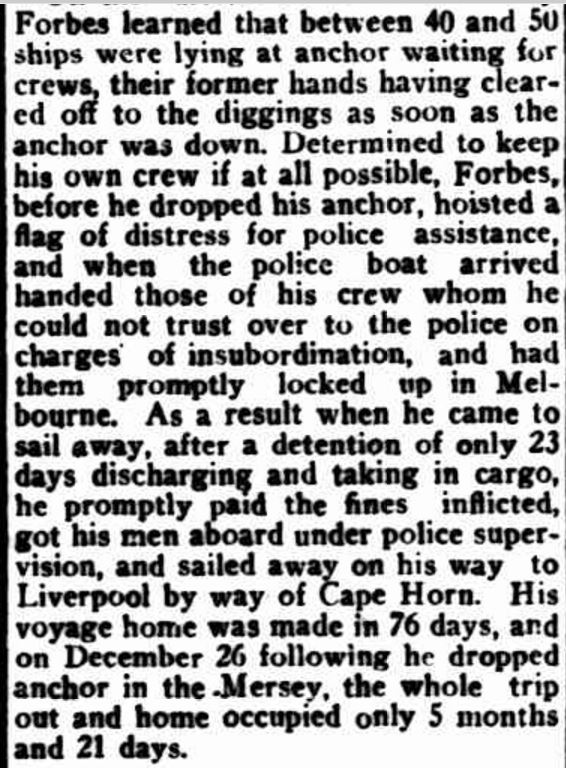

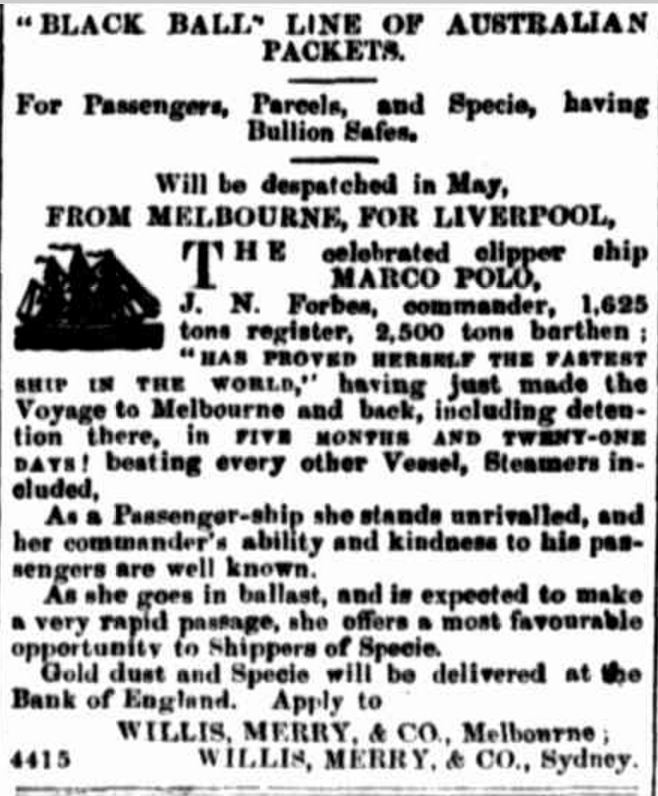

You must be logged in to post a comment.